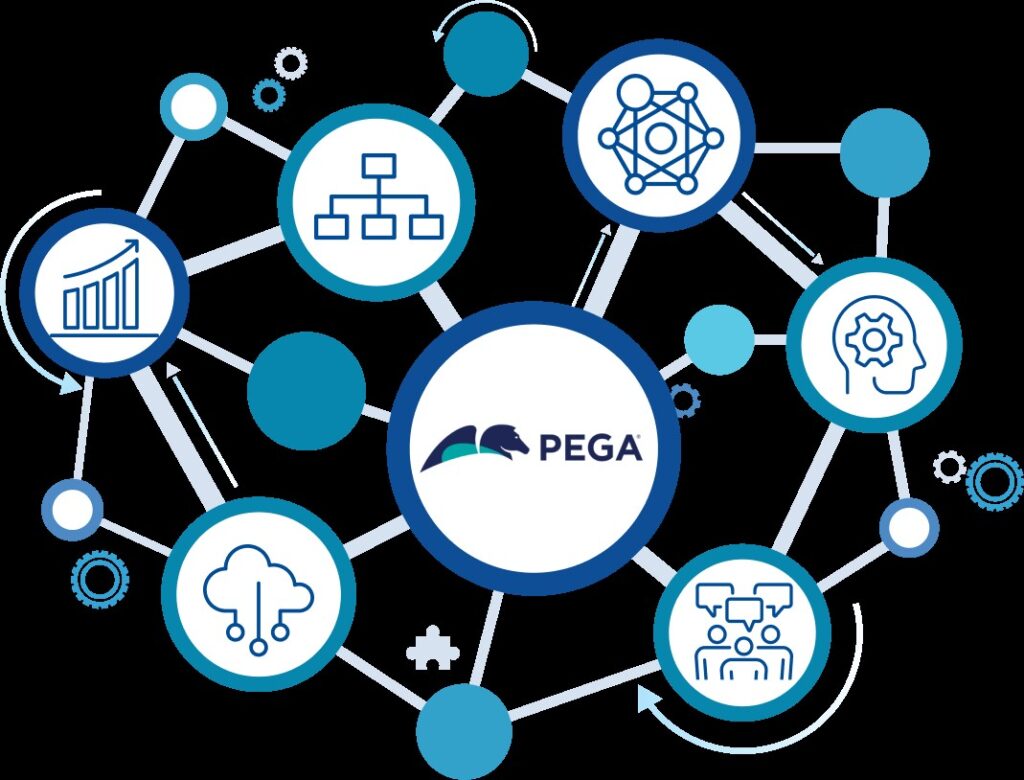Introduction
The Pega Testing Tool is an integral part of the Pega platform, designed to streamline and automate the testing process for Pega applications. It enables both developers and testers to efficiently validate application components, such as rules, workflows, and user interfaces, ensuring high-quality outputs. The tool supports two primary types of testing: Pega Unit Testing for testing individual application components, and Pega Scenario Testing for end-to-end testing of entire workflows. By automating repetitive tasks and integrating seamlessly into Continuous Integration (CI) and Continuous Deployment (CD) pipelines, the Pega Testing Tool helps reduce manual effort and improve application reliability. Refer to the Pega Testing Course to learn more.
What Is the Pega Testing Tool?
The Pega Testing Tool is an automation framework designed specifically for testing Pega applications. It enables users to create, manage, and execute test cases directly within the Pega platform, streamlining the testing process for Pega-based applications. This tool integrates well with Pega’s rules-based architecture, allowing testers and developers to create automated test cases with minimal coding, making it accessible for both technical and non-technical users.
One key feature of the Pega Testing Tool is Pega Unit Testing, which focuses on testing individual rules or components within an application, like decision tables, data transforms, and flows. This supports early error detection and simplifies debugging by isolating parts of the application for focused testing. Another feature, Pega Scenario Testing, is aimed at end-to-end testing of Pega applications through a no-code interface, allowing testers to simulate user actions and workflows for more comprehensive test coverage.
With the Pega Testing Tool, organizations can efficiently automate repetitive testing tasks, ensure higher application quality, and reduce the time required for testing cycles. The tool’s integration with Continuous Integration (CI) and Continuous Deployment (CD) pipelines further enhances its utility in Agile and DevOps environments.
How Does It Work?
The Pega Testing Tool operates by leveraging Pega’s rules-based framework to create automated test cases for various components within Pega applications, including UI interactions, decision rules, data transformations, and workflows. The tool primarily works through two core functionalities: Pega Unit Testing and Pega Scenario Testing, each designed to address different testing needs. Aspiring professionals can learn Pega along with SharePoint Course for the best opportunities.
Pega Unit Testing focuses on individual application components. Users create test cases for specific rules—such as decision tables, data pages, and activities—within the Pega environment. Testers can set up expected outputs and compare them to the actual outcomes, allowing developers to identify and fix issues at an early stage in development. This unit-testing approach facilitates quick debugging and helps ensure each rule or component works as intended before integration into larger workflows.
Pega Scenario Testing supports end-to-end testing, enabling testers to automate tests that replicate user interactions across entire workflows. This no-code testing feature records and replays user actions, making it easy to test various scenarios without writing code. Professionals can check the Pega Testing Course for complete guidance. Moreover, Testers can add assertions to validate specific elements, ensuring that applications function correctly in real-world scenarios. These scenario tests can be triggered within the Pega environment or as part of a Continuous Integration (CI) pipeline, enabling seamless integration with CI/CD workflows.
Overall, Pega Testing Tool allows teams to create robust, reusable tests that help maintain application quality throughout development, reduce manual testing efforts, and improve efficiency by catching issues earlier in the development cycle.
Why Is Pega Testing Tool Important?
The Pega Testing Tool is crucial because it enhances the quality, speed, and efficiency of testing Pega applications.
Here are a few key reasons why it’s important:
- Automation of Repetitive Tasks: The tool automates testing processes, which reduces the need for manual testing. It streamlines repetitive tasks, such as validating rules and workflows, allowing testers to focus on more complex scenarios.
- Early Detection of Issues: By integrating testing at the rule level with Pega Unit Testing, developers can detect and resolve issues early in the development cycle. This reduces the likelihood of bugs reaching production, saving time and resources.
- Faster Time to Market: With automated tests and seamless integration into Continuous Integration (CI) and Continuous Deployment (CD) pipelines, the Pega Testing Tool speeds up the overall testing process. This accelerates the delivery of high-quality applications to the market.
- No-Code Testing: The tool’s no-code interface makes it accessible to both technical and non-technical users, allowing business users, testers, and developers to create tests without needing extensive programming knowledge.
- Improved Application Quality: By ensuring thorough test coverage for individual rules and entire workflows, the tool helps ensure Pega applications are robust, reliable, and perform well across various scenarios.
Overall, the Pega Testing Tool plays a key role in ensuring efficient, high-quality development in Pega-based applications. For the best skill development, one can join a the SharePoint Course along with Pega training.
Conclusion
To sum up, the Pega Testing Tool is essential for improving the efficiency and quality of Pega application development. Automating tests, detecting issues early, and enabling no-code testing reduce manual efforts and speed up the delivery process. Its seamless integration into CI/CD pipelines further enhances productivity, ensuring that Pega applications are reliable, high-quality, and ready for deployment with minimal delays or defects.

